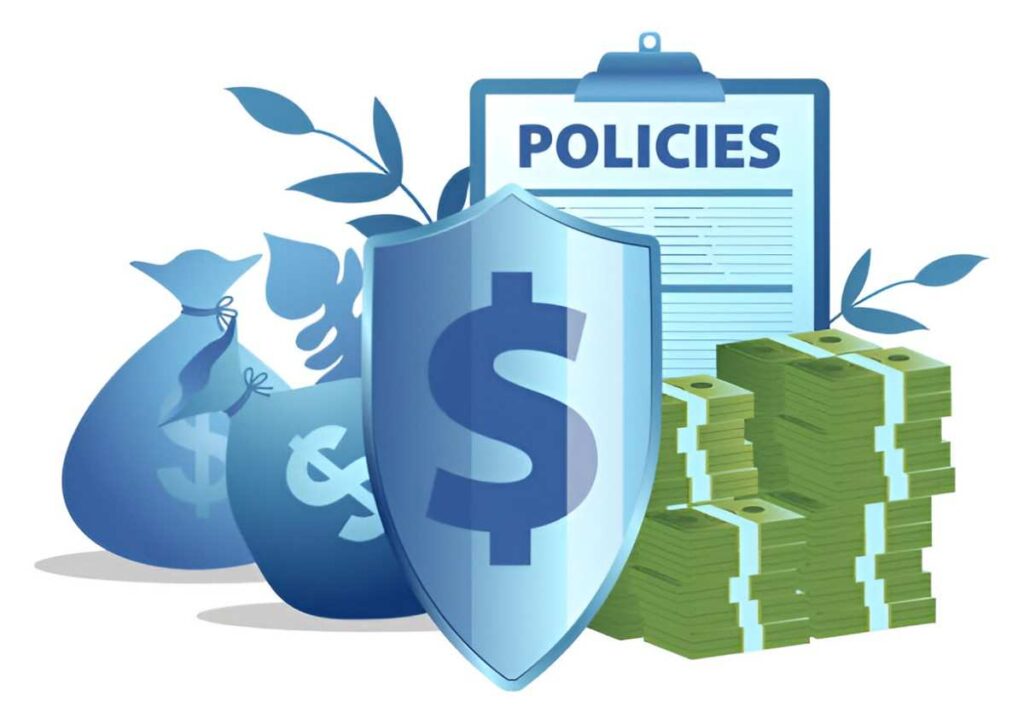Insurance claims can be complex, especially when large sums of money are involved. As someone who has worked in the finance and insurance sectors for years, I’ve seen firsthand how loss adjusters play a crucial role in determining fair payouts. If you’ve ever filed a claim and wondered how insurers assess damages, this guide will break down the process in simple terms.
Table of Contents
Who Are Loss Adjusters?
Loss adjusters, also called claims adjusters, are professionals hired by insurance companies to investigate and evaluate claims. They determine the extent of an insurer’s liability by inspecting damages, reviewing policy terms, and calculating fair compensation. Unlike public adjusters, who work for policyholders, loss adjusters represent the insurer’s interests.
Key Responsibilities of a Loss Adjuster
- Damage Assessment: Inspecting property, vehicles, or other assets to determine loss extent.
- Policy Review: Ensuring claims fall within the coverage terms.
- Fraud Detection: Identifying exaggerated or false claims.
- Negotiation: Working with claimants to settle disputes fairly.
- Reporting: Providing detailed reports to insurers for final approval.
The Mathematics Behind Claim Valuation
Insurance claims often involve precise calculations. Let’s explore some common formulas used in loss adjustment.
1. Actual Cash Value (ACV) Calculation
ACV considers depreciation and is calculated as:
ACV = Replacement Cost - (Replacement Cost \times \frac{Age}{Useful Life})Example: A roof with a replacement cost of $20,000 and a useful life of 20 years gets damaged after 10 years.
ACV = 20,000 - (20,000 \times \frac{10}{20}) = 20,000 - 10,000 = \$10,0002. Replacement Cost Value (RCV) vs. ACV
RCV covers the full cost of replacing damaged property without depreciation. However, insurers often pay ACV first, then release the remaining after repairs.
| Factor | Actual Cash Value (ACV) | Replacement Cost Value (RCV) |
|---|---|---|
| Depreciation | Deducted | Not deducted |
| Payout Timing | Immediate | Partial first, balance later |
| Claim Amount | Lower | Higher |
3. Deductible Impact on Payout
If your policy has a $1,000 deductible and the ACV is $10,000, the insurer pays:
Payout = ACV - Deductible = 10,000 - 1,000 = \$9,000Common Challenges in Claims Evaluation
1. Disputes Over Depreciation Rates
Policyholders often argue that insurers apply excessive depreciation. For instance, if a 5-year-old laptop is stolen, the insurer may depreciate it by 50%, while the owner believes it should only be 30%.
2. Hidden Damages
Some damages, like structural weaknesses after a storm, aren’t immediately visible. A good loss adjuster will anticipate these issues.
3. Policy Exclusions
Many claims get denied due to unclear policy wording. For example, flood damage may require separate coverage.
How Loss Adjusters Detect Fraud
Insurance fraud costs the U.S. about $40 billion annually. Adjusters use several techniques to spot red flags:
- Inconsistent Statements: If a claimant’s story changes, it raises suspicion.
- Exaggerated Claims: Reporting a $50,000 loss for a $10,000 item.
- Recent Policy Changes: Sudden increases in coverage before a claim.
Case Study: Home Fire Claim
Let’s walk through a real-world example.
Scenario: A kitchen fire causes $50,000 in damages. The homeowner’s policy has a $2,000 deductible and covers RCV.
- Initial Assessment: The adjuster confirms the fire was accidental.
- Depreciation Calculation: Appliances have a 10-year lifespan. The damaged stove was 4 years old.
Depreciation = \frac{4}{10} \times 5,000 = \$2,000 - Payout Breakdown:
- RCV Payout: $50,000 (total damage)
- Depreciation Held Back: $2,000 (stove)
- Deductible Applied: $2,000
- Initial Payment: $50,000 – $2,000 (depreciation) – $2,000 (deductible) = $46,000
- Recoverable Depreciation: $2,000 (paid after repairs)
The Role of Technology in Loss Adjustment
Modern adjusters use drones, AI, and machine learning to assess damages faster. For example:
- Drones: Inspect roof damage without risky climbs.
- AI Image Analysis: Detects structural issues from photos.
Final Thoughts
Understanding how loss adjusters evaluate claims helps policyholders navigate the process smoothly. By knowing key calculations like ACV and RCV, you can ensure fair treatment. If you ever face a complex claim, consider consulting an independent adjuster for a second opinion.





